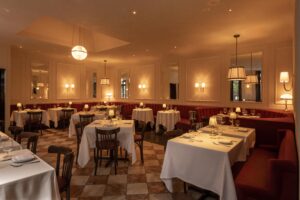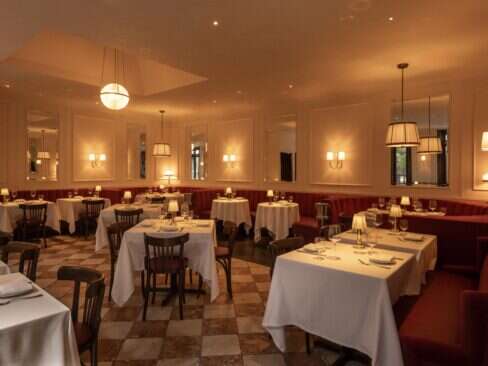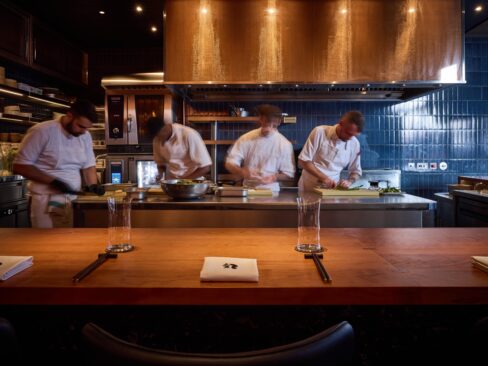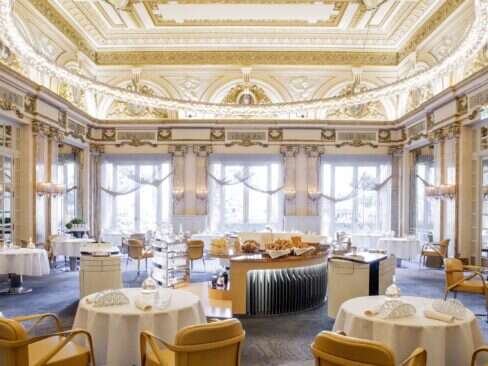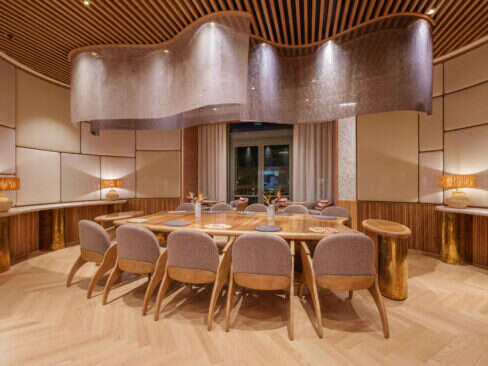No restaurant has had an easy time of it over the last three years, but few have been kicked harder than The Ninth.
In 2015, after two decades of working in other people’s kitchens, Jun Tanaka took the leap and opened his own restaurant on London’s hyper-competitive Charlotte Street. It took less than a year for him to win a Michelin star. The gamble had paid off, big time.
Three years later, Covid-19 hit. While total lockdown lasted only a few months, rules on social distancing and mask-wearing tied the hospitality industry’s hands for the best part of two years. The last restrictions were lifted in July 2022.
The Ninth survived, but just a month after normal service resumed, a fire broke out in the restaurant and the doors closed again. Surveyors told Tanaka it would be two weeks – a blow, but nothing serious. It ended up being eight months. The initial assessment was wrong and the damage was much worse than first feared. While its neighbors got back to business as usual, The Ninth sat idle.
Now, finally, the skies above 22 Charlotte Street are brightening. Its March reopening was followed swiftly by the news that, against all odds, it had retained its Michelin star for a seventh consecutive year. So, is The Ninth better than ever? We went down to find out.
[See also: Cycene is Redefining the Fine Dining Experience]
The chef at The Ninth
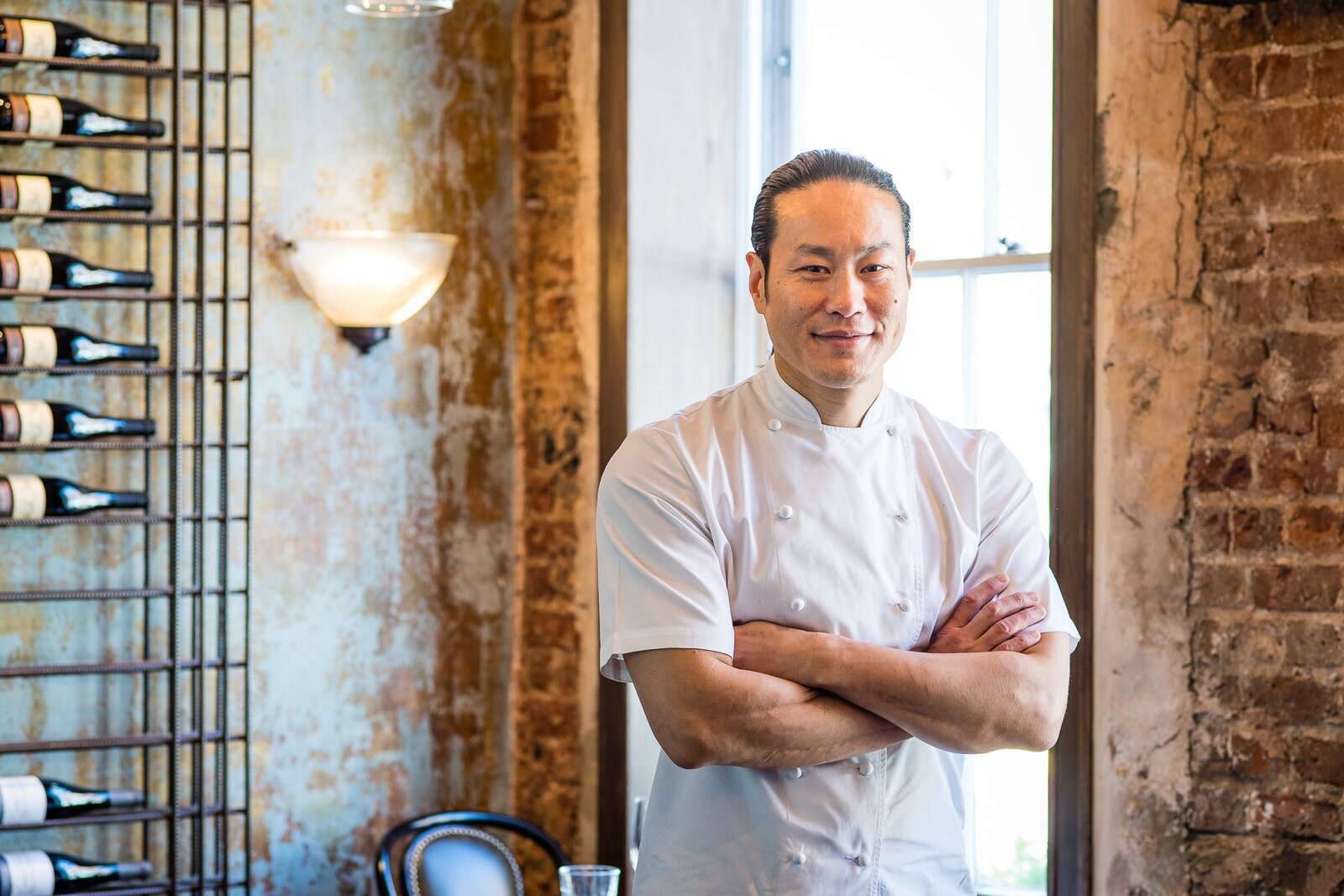
If you want to know what kind of employer chef/owner Jun Tanaka is, you only need to know one thing: the restaurant did not lose one employee from the day the fire broke out to the day it reopened. It would have been easy for Tanaka, who co-owns the restaurant with one other partner, to furlough the staff, save the wages and start from scratch.
Instead, they kept their staff on the payroll and told them to take it easy. They met twice a week, often on team-building exercises like mushroom foraging and chorizo making. Other times, they met to work on ideas on how to make the restaurant better. In an industry renowned for overworking and underpaying staff, Tanaka and his business partner championed people over profit.
It is a commendable position to take, but it’s also a smart business decision. Reopening with the same staff in place meant The Ninth picked up where it left off, offering the same level of service that earned it that all-important Michelin star.
[See also: Maru Makes its Mark in London’s Mayfair]
Tanaka gained his high standards during two decades in the kitchens of some of London’s best restaurants. He started his career as an apprentice to the Roux brothers at Le Gavroche before working under the legendary Nico Ladenis at Chez Nico.
His big break came as sous chef at Marco Pierre White’s eponymous three-star restaurant, renowned for being one of the toughest kitchens in London at the time. No one lasted long there, and he soon went to work with Phil Howard at The Square and then with Eric Chavot at The Capital, where he played a vital role in it gaining two Michelin stars.
Tanaka’s first executive chef position came at Pearl, inside Chancery Court Hotel (now Rosewood London). After eight years leading the team, he decided to strike out on his own. He then took three years to find the perfect site. By then, his menu was ready to go and he wasted no more time. The Ninth opened just two months after the lease was agreed and won its Michelin star at the first time of asking, 10 months later.
The food at The Ninth
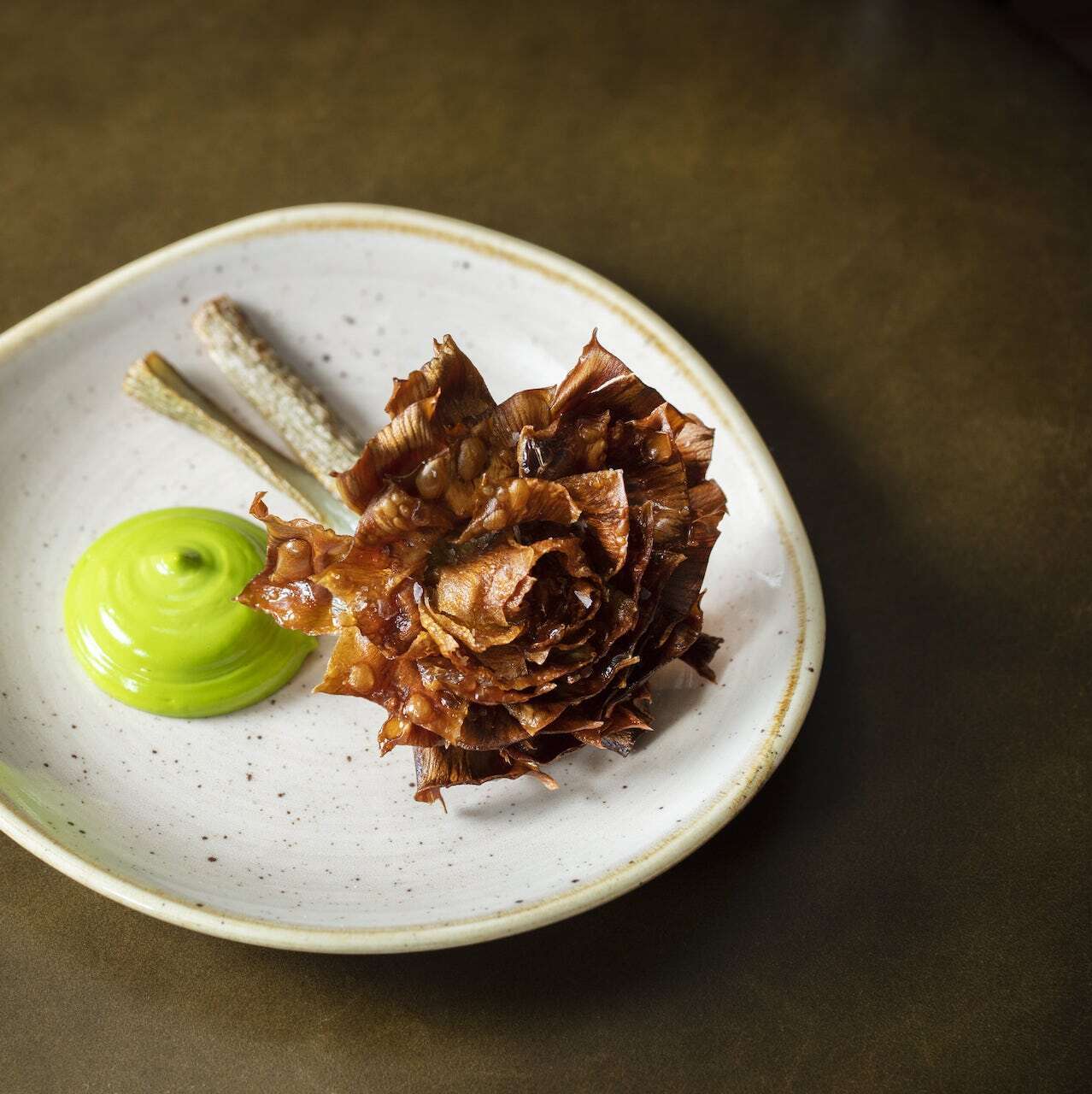
Tanaka came of age at a time when London’s fine dining restaurants were exclusively French, so it is no surprise to see him delivering a hefty dose of classic cookery at The Ninth. But this is not a 1990s throwback. Tanaka has heaped Mediterranean comfort into the mix. It’s an a la carte menu and most dishes are designed for sharing (although some you will want to keep to yourself).
The Ninth also opts for a relaxed style of service, doing away with the more tedious idiosyncracies of Michelin-starred dining. Information on each dish is readily available for those who want it, but the staff otherwise leave you to enjoy your food. It is an ethos that may explain why Tanaka left the world of white tablecloths altogether. Relaxed and informal is not something French cuisine has ever taken to, despite the Michelin Guide’s growing affinity towards it.
But the informality stops when the food starts. Dishes achieve the feat of appearing simple but are devilishly complex to create. The crispy artichoke (of which every table appeared to order) goes through a lengthy process to get to the plate. The team prep each artichoke in brine for 24 hours. The artichokes are deep fried for 20 minutes, drained and chilled. The leaves are then opened up by hand before going back in the deep frier for two minutes.
The gnudi, similar to gnocchi, is made with ricotta cheese instead of potato. To create it, they drain the ricotta for 24 hours to remove the excess liquid. After seasoning, they then place the gnudi in semolina for three days and turn them every so often to ensure an even coating. Before serving, they gently cook them in foaming butter before serving with a sauce made from dried shiitake, shallots, thyme and garlic. Quite the process for something that can be, and was, eaten in seconds.
[See also: Luca: Tradition Meets Modernity in Historic Part of London]
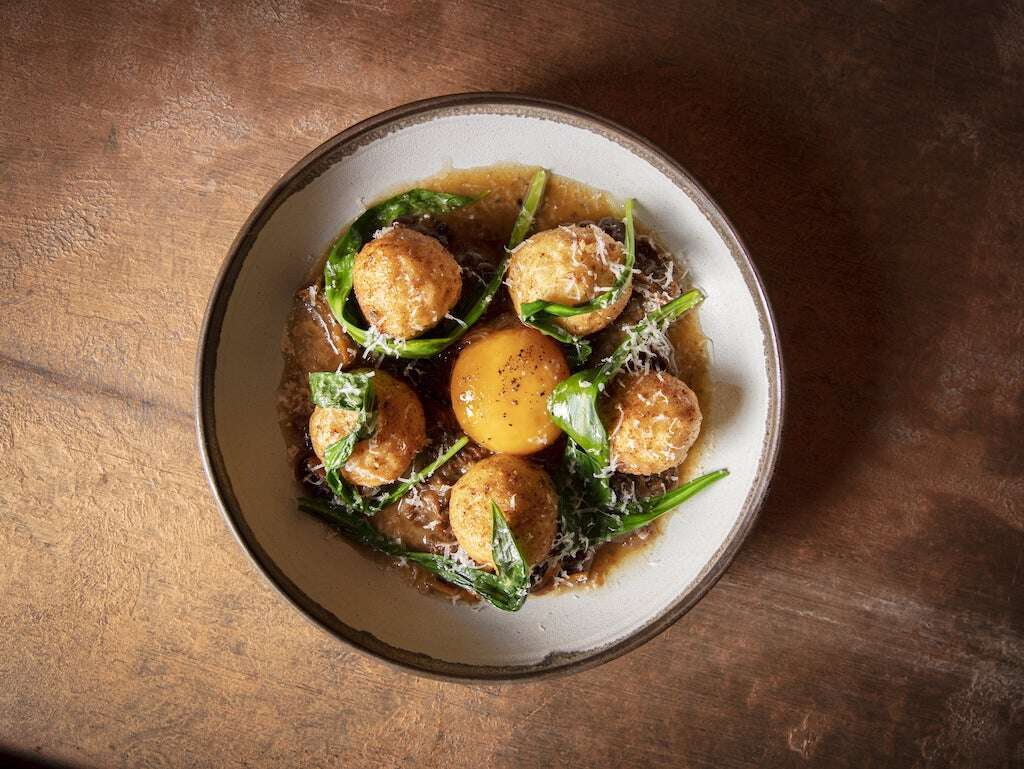
There are also big hitters like the chargrilled veal chop with morels, which will appease the kind of man who insists on ordering the biggest steak wherever he goes. Many of Tanaka’s former kitchens would have drained off the excess liquid of the veal, reduced it down, and served this with a red wine reduction. Not here. It’s presented in more or less its natural state (morel mushrooms aside) and is all the better for it. This is a deeply rich and satisfying dish, best paired with the perfectly-executed crispy Agria potatoes.
Dishes can come and go frequently at The Ninth, but one ever-present has been the Pain Perdu, Tanaka’s signature dish. This dessert is the epitome of his hybrid vision of refined yet approachable cooking. It is, on the face of it, a bread-and-butter pudding. It looks like a brick taken from the restaurant’s exposed interior but, on closer inspection, it is a work of art.
[See also: Trivet Restaurant, London: A Post-pandemic Success Story]
The brioche is all made in-house and soaked in custard for a minimum of 12 hours the day before service. They drain it for half an hour, fry it in copious amounts of butter for 10 minutes and coat it in caster sugar. Just before serving, they blowtorch it to give it that crispy creme brulee appearance and serve it with homemade vanilla ice cream on a bed of biscuit crumble.
It is probably the best dessert I have ever eaten in London and you don’t even have to have a reservation to try it. Just walk past and, if they have a spare seat on the terrace, sit yourself down and order one with a glass of wine. It’ll be the best £13 ($16) you’ve ever spent.

22 Charlotte Street, London, +44 20 3019 0880, theninthlondon.com






